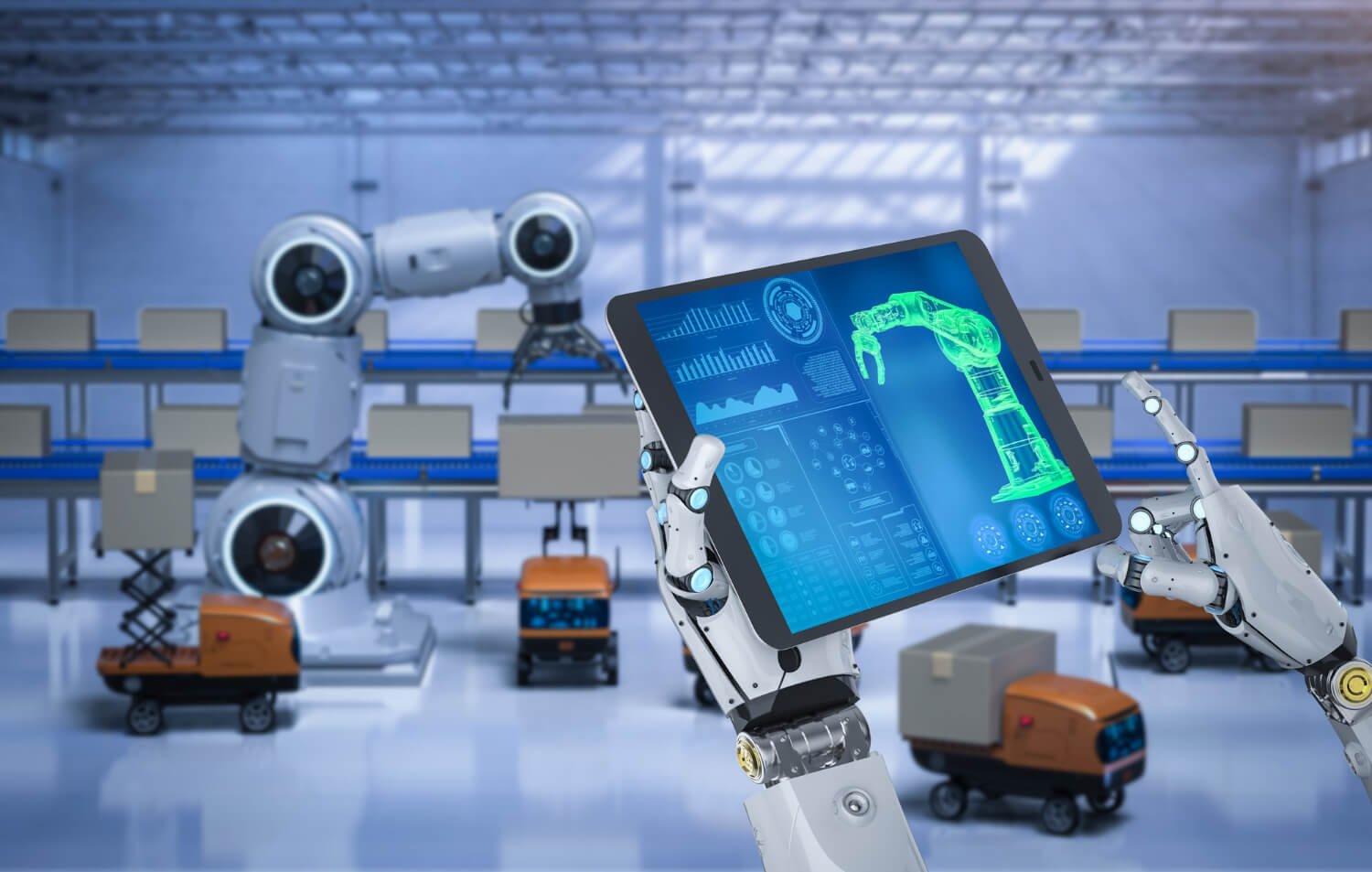
What Can Gear Makers Learn from the Semiconductor Industry?
Part 1: Precision, Process Control, and Predictive Intelligence
Few manufacturing industries run upon dimensional perfection as much as semiconductors, where deviations can have disastrous consequences and tolerances are measured in nanometres. It’s interesting to note that, despite its historical mechanical and macro scale nature, the gear industry is currently pushing closer to comparable levels of precision, and that’s because of the continuously changing needs in industries such as robotics, aerospace, electric vehicles, and high-speed microtransmissions.
With a heavy focus on process repeatability, thermal stability, and geometric control, both sectors operate near the limits of physical capabilities. However, many gear manufacturers continue to use traditional techniques that limit productivity and consistency, even though semiconductor factories have long enabled system-wide integration of data-driven processes, closed-loop control, and ultraclean environments.
The takeaway is straightforward: developing a precise culture at scale is more crucial in manufacturing semiconductors than merely producing chips. Gear makers can no longer afford to ignore the blueprint supplied by this high-tech industry, which covers everything from advanced metrology and environmental control to simulation-driven production and yield management.
Despite their obvious incompatibility, the concepts of semiconductor manufacturing have the potential to transform the gear sector.
In semiconductors, variations larger than a few nanometres could make entire plates worthless. Predictive correction systems, environment-controlled machining, and real-time metrology are all used in the manufacturing process in order to reinforce this culture of excessive tolerance.
On the other hand, similar pressure is currently being applied to gear manufacturing, particularly for high-precision applications such as planetary motors, surgical tools, and EVs. Pitch, run out, lead, and gear profile must now be controlled down to the micron level. Surface waviness, tooth-to-tooth variances, and non-uniform stock removal are all emerging as major failure concerns in high-speed or noise-sensitive systems.
Gear manufacturers have to look like semiconductors in order to close this gap.
Semiconductor fabs engineer out variance at every node rather than simply inspecting. The same approach must drive investment in sub-micron positioning, process-integrated inspection, and clever compensation procedures for gear makers seeking zero-defect output.
Dust, Debris, and Defects – A Common Enemy
The semiconductor industry has adopted ISO Class 1 cleanroom settings that include HEPA filtration, laminar airflow systems, and molecular-level contamination control since even a single micron-sized particle can cause circuit failure during semiconductor production. Even though the gear business does not operate at the nanometre scale, the notion of particle-induced failure is applicable, particularly in high-precision industries such as robotics, aircraft, defence, and electric car transmissions.
In end-use applications, residual chips, fine metal dust, and coolant-borne contaminants may harm surface finishes, accelerate tool wear, and introduce micro-defects that appear as noise, vibration, or early gear failure.
Creating digital copies of the entire gear-cutting technique allows manufacturers to include:
When simulation is used correctly, defects are detected before production rather than after. Gear manufacturers must now use this technology, which the semiconductor industry has developed, to reduce iteration cycles and ensure first-pass yield in difficult geometries.
Simulate Before You Cut – Lesson from IC Fabrication
Digital twins, or virtual models of equipment, materials, and process variables, are critical tools in semiconductors that simulate models at every critical stage of the manufacturing process before a single wafer is touched. Engineers can use these models to properly forecast tool-induced strains, wafer warpage, thermal expansion, and inconsistent deposition. By anticipating failure situations, these models provide insights that help optimise tool paths, make real-time process modifications, and greatly minimise yield loss.
Adopting digital twin technology is no longer simply desirable but also required in the gear manufacturing industry, which has traditionally relied on physical trials and post-process repairs. The ability to model the entire gear-cutting process becomes a tactical advantage as tolerances grow and cycle durations drop.
Manufacturers can predict the temperature zones and gradients produced during high-speed or dry milling by digitally simulating the cutting process. This is critical for minimising gear distortion and residual stress. It is possible to calculate tool wear over time, particularly in multi-axis cutting and microgearing operations, allowing for proactive adjusting and tool change methods. In addition, gear designers can improve performance and durability by fine-tuning geometry and machining methods by simulating stress distributions across gear teeth under real-world loads.
When digital twins enter the gear production lifecycle, the paradigm moves from reactive correction to predictive control. It empowers manufacturers to reduce expensive iteration cycles, achieve first-pass yield in difficult geometries, and better align with the process maturity displayed by semiconductor fabs for many years. This level of simulation-led production is quickly becoming a competitive requirement, rather than simply a goal.
Conclusion: Intelligence, not reaction, in manufacturing.
These four insights, process modelling, real-time adaptation, contamination control, and tolerance discipline, could help gear manufacturers see accuracy as a dynamic, responsive system rather than a static goal. This way of thinking was not adopted by the semiconductor industry overnight; rather, it evolved by viewing each manufacturing stage as a predictable, controllable, and adaptive process.
Gear producers must adopt the same notions of precision integration, simulation-before-execution, and a zero-defect purpose rather than copying clean rooms or lithography. These are survival techniques for the next generation of gear manufacturing, not trends.
Coming Up in Part 2 in the next issue :
The next part will look into the ways in which the gear sector might profit from:
These findings will allow gear makers to rethink their operations in terms of system-level intelligence rather than merely mechanics.